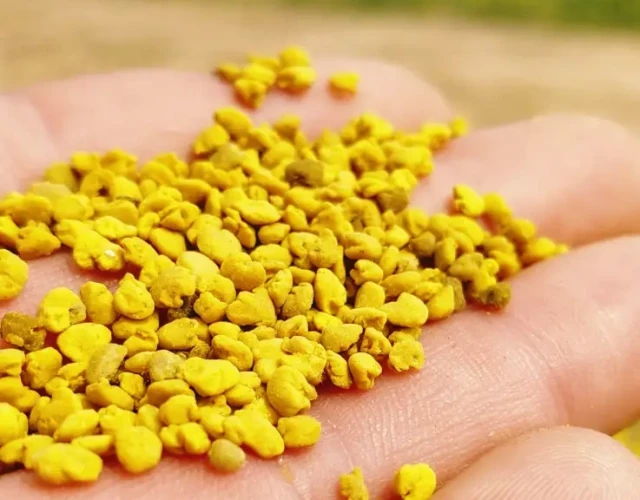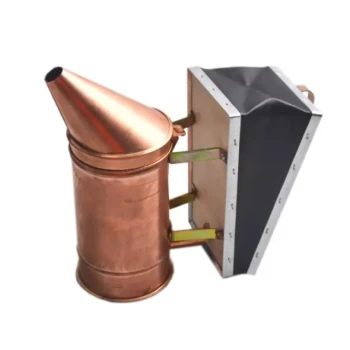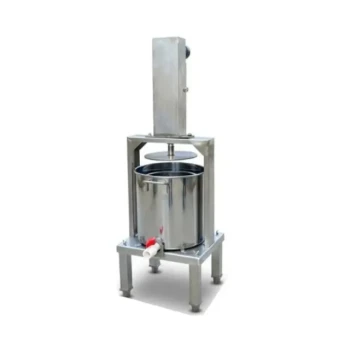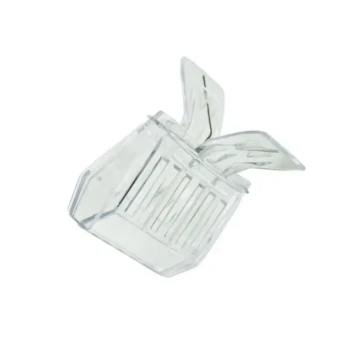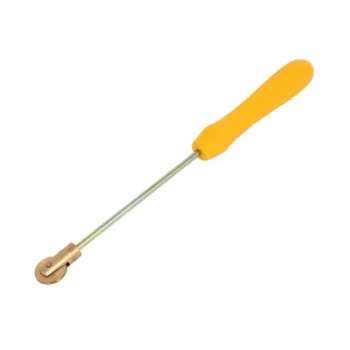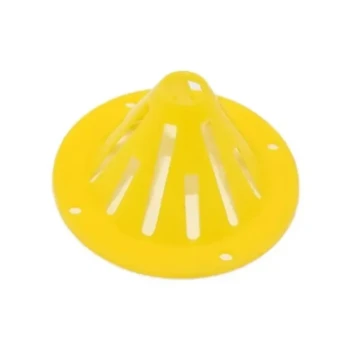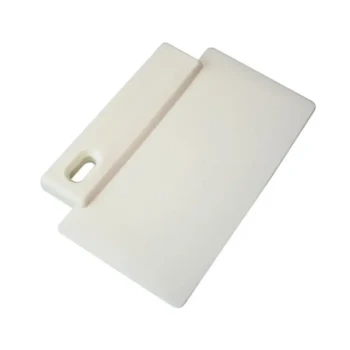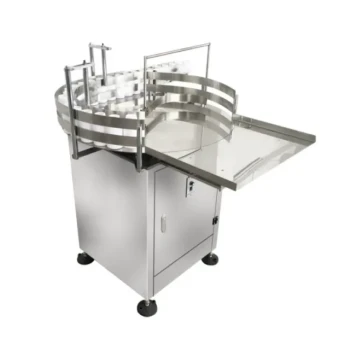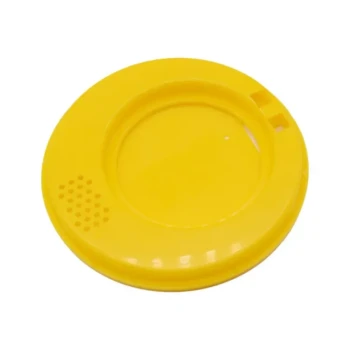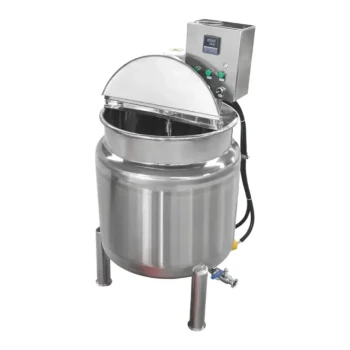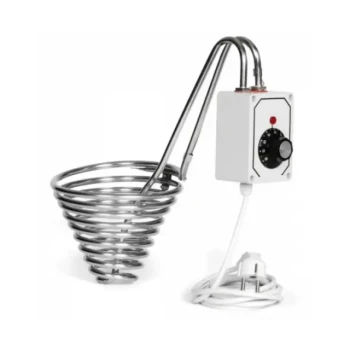Hive robbing—the aggressive theft of honey stores between colonies—can devastate apiaries, especially during nectar dearth periods. Research shows dry pollen feeding reduces robbing incidents by over 60% compared to traditional patties by addressing the biological triggers of bee competition. This guide unpacks the pheromonal science behind the method and provides actionable steps to implement it effectively.
Dry Pollen Feeding as a Robbing Deterrent
The Biology of Reduced Hive Competition
Bees instinctively protect resources when environmental cues signal scarcity. Liquid feed (like sugar syrup) and moist patties emit volatile compounds that mimic ripe nectar, attracting robbers from up to several miles away. Dry pollen, however, lacks these pheromonal triggers. Its particulate form also requires bees to engage in "basket packing"—a time-consuming process that discourages opportunistic theft.
Key advantages:
- No "free meal" signal: Dry pollen doesn’t activate the olfactory receptors that trigger robbing frenzies.
- Natural foraging behavior: Forces bees to collect pollen as they would from flowers, maintaining colony-specific scent markers.
Seasonal Timing for Maximum Effectiveness
Late summer through early fall is peak robbing season due to:
- Depleted nectar flows after main honey harvests
- High forager populations with fewer floral sources
- Varroa mite stress weakening some colonies
Deploy dry pollen feeders 4–6 weeks before expected robbing periods to establish the food source as a routine rather than an emergency stimulus.
Implementing Dry Pollen Systems
Feeder Design Essentials for Basket Formation
Effective dry pollen feeders should:
- Limit spillage: Use perforated trays or mesh bottoms to allow controlled access.
- Encourage packing: Vertical designs mimic natural pollen storage in comb cells.
- Protect from moisture: Elevated covers prevent dew or rain from creating sticky residues.
Pro Tip: Place feeders inside hives during initial training, then gradually move them to shaded areas just outside the entrance to reduce in-hive congestion.
Decoding the 50-Foot Dance Communication Rule
Bees communicate food sources within a ~50-foot radius via waggle dances. By placing feeders beyond this range (e.g., 60–100 feet from hives), you:
- Minimize cross-colony recruitment
- Allow weaker colonies to feed without drawing attention
- Simulate natural pollen distribution patterns
Comparative Beekeeping Approaches
Patties vs. Dry Pollen: Nutritional Tradeoffs
| Factor | Patties | Dry Pollen |
|---|---|---|
| Robbing risk | High (moisture-triggered pheromones) | Low (no volatile attractants) |
| Protein content | 15–25% (supplemented) | 8–12% (natural pollen levels) |
| Labor intensity | High (frequent replacement) | Low (refill every 5–7 days) |
Exception: During spring buildup, patties may be preferable for rapid brood production—but switch to dry pollen by midsummer.
Case Study: Fall Robbing Rates in Midwest Apiaries
A 3-year observational study of 120 colonies showed:
- Pattie-fed hives: 42% experienced robbing episodes, with 15% collapsing due to resource loss.
- Dry pollen-fed hives: Only 18% reported robbing, and zero collapses occurred.
Strengthen Your Hive Defense with HONESTBEE
Why risk losing colonies to preventable robbing? HONESTBEE’s beekeeping supplies—from moisture-proof pollen feeders to Varroa-monitoring tools—help commercial apiaries and distributors maintain secure, productive hives year-round. Explore our wholesale solutions today to equip your operation with science-backed beekeeping systems.
Visual Guide
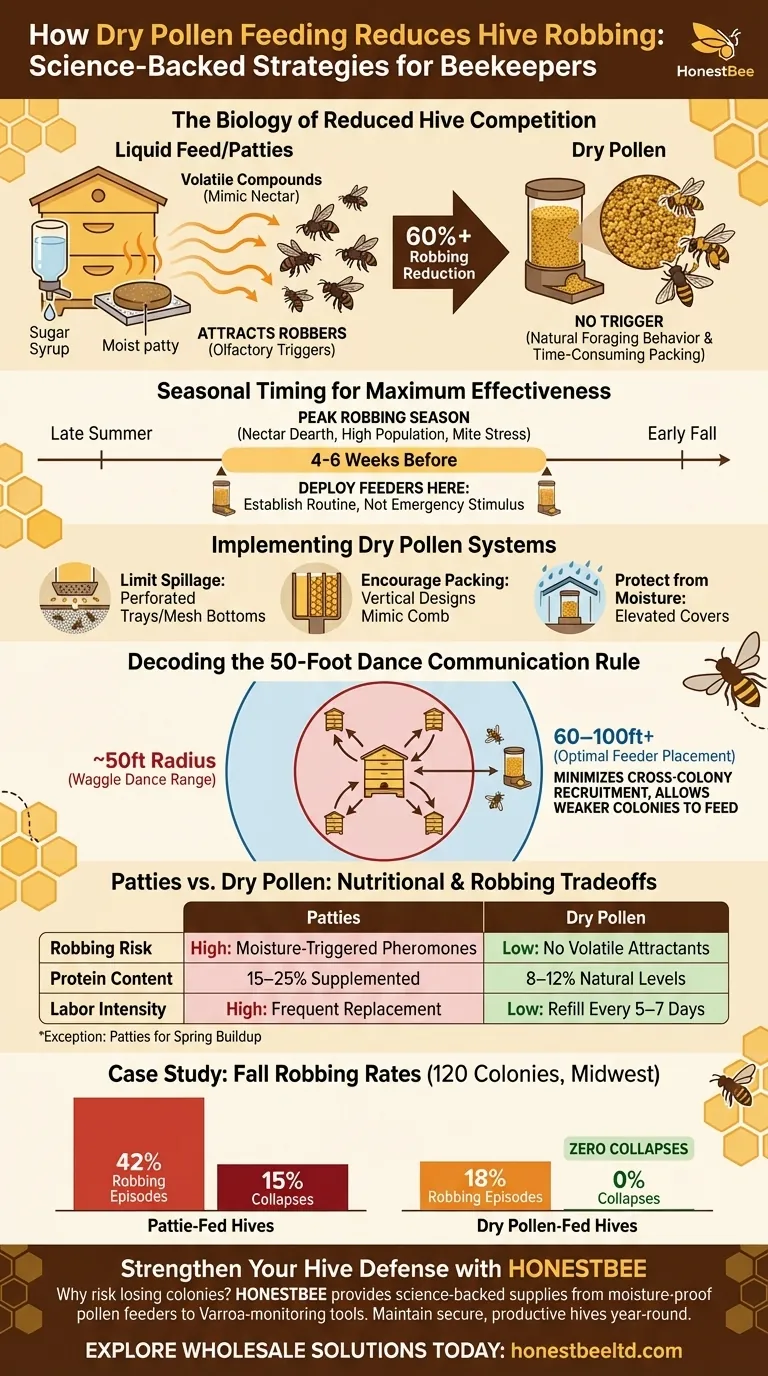
Related Products
- Premium Traditional Copper Bee Smoker with Bellows
- 10L Stainless Steel Electric Honey Press Machine
- Economy Small Scale Honey Dryer Dehumidifier Thickening Machine
- Professional Spring-Action Queen Catcher Clip
- Electric Honey Press Machine for Squeezing Honey Comb Press Equipment
Related Articles
- How to Master Your Beekeeping Smoker: Safe Operation & Optimal Fuel Choices
- How to Use a Bee Smoker Effectively: Protecting Colonies and Beekeepers
- How to Use a Bee Smoker Safely: Calming Hives Without Harm
- How to Use Bee Smokers Effectively: Calming Colonies Without Triggering Aggression
- How to Optimize Your Bee Smoker for Safer, More Efficient Beekeeping
